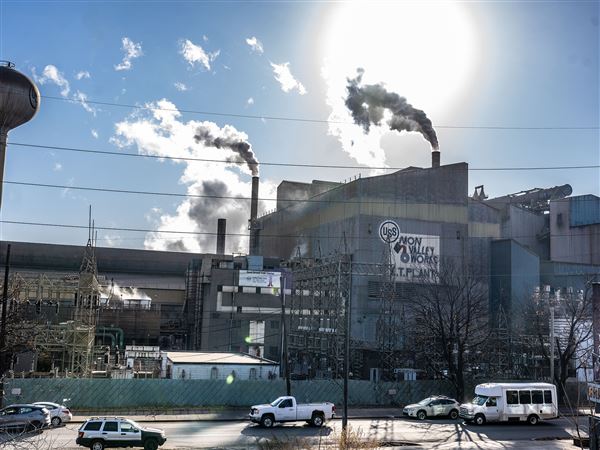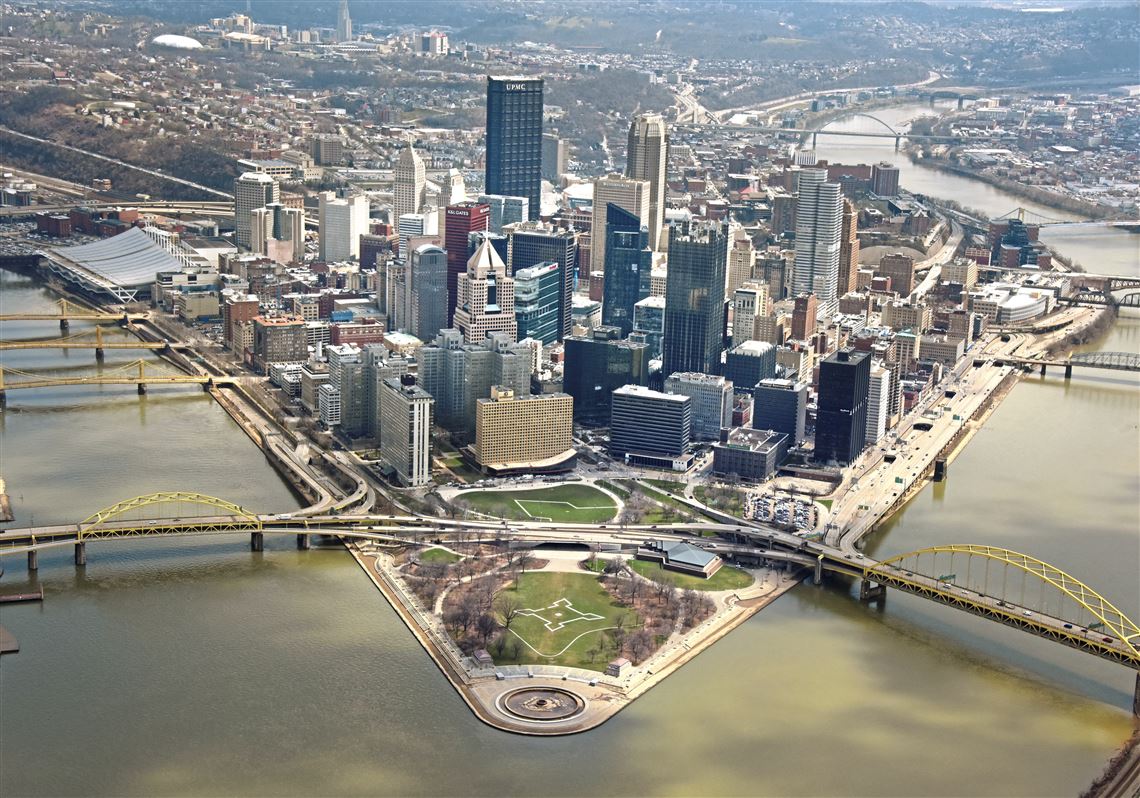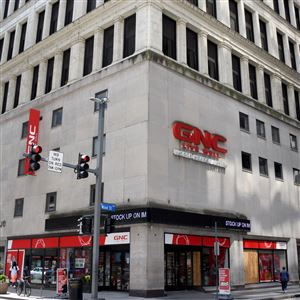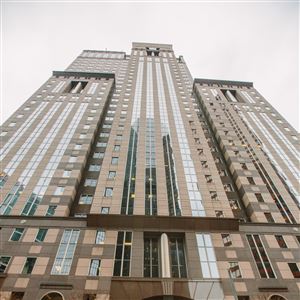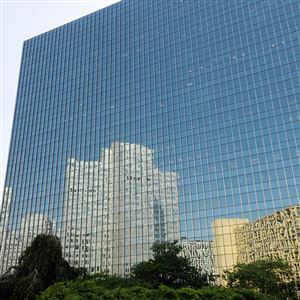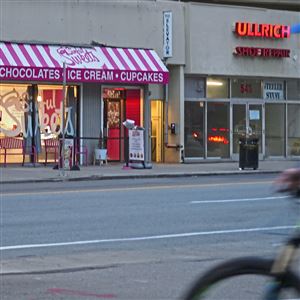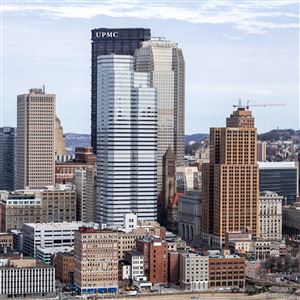Some companies are taking advantage of a pandemic-fueled buyers market to upgrade their office space. But they are taking less of it.
That’s one of the conclusions of a new report by the Jones Lang LaSalle real estate firm that analyzed 271 office lease deals that have been made involving at least 5,000 square feet since Jan. 1, 2020, right before COVID-19 hit with a wallop.
The report offered a sobering assessment of the office situation Downtown, which was the only submarket to lose tenants over the past three years.
It also found that companies are relocating more frequently than they did before the pandemic -– evidence of the deals to be had. And of those moving elsewhere, many are upgrading from Class B buildings to modern Class A structures with more amenities.
“Notably, tenants are embracing the opportunity to take advantage of a favorable market and move to new space that better suits their post-COVID workplace preferences,” said Dan Adamski, JLL’s senior managing director.
Of the 271 deals struck since 2020, 150 were new leases, according to JLL. It was able to identify the prior location for 99 of those tenants.
What it discovered was that 48% of them upgraded to a higher building class, while 42% stayed in the same class, and 10% downgraded.
And those signing new leases are moving to newer buildings. According to the JLL research, the average age of the new digs is 39 years, compared to an average of 54 for the prior location.
“Tenants desire new buildings with more amenities, efficient mechanicals, and advanced technology,” Mr. Adamski said.
At the same time, tenants are taking less space – not surprising given that many employees are still working from home for at least part of the week.
In analyzing all leases since 2020 – new, renewals and expansions – tenants on average cut their footprints by nearly 3,000 square feet, or 14%, the report found.
And for those who signed new long-term leases totaling at least five years, the reduction was even more pronounced, totaling 4,576 square feet, a change of 18.8%.
Companies these days need less office space because so many people are working remotely. Just what the future holds for the market will depend in part on how employers handle their workers, Mr. Adamski said.
“The overall supply and demand balance will be greatly affected by the degree to which companies prefer to have their employees come together and collaborate in an office environment at least several days per week,” he said.
“For example, if the majority of a company’s employees are in the office during a few particular days, most often Tuesday through Thursday, it is difficult to dramatically shrink its footprint even if the offices are largely empty on Mondays and Fridays.”
Another factor, over time, could be the conversion of buildings like Gulf Tower, Three Gateway Center, and others Downtown to residential. That “will reduce the supply of office space Downtown and buoy the fortunes of the remaining buildings,” he said.
The report also highlighted a troubling trend in the central business district, which traditionally has been Pittsburgh’s office center. It was the only submarket in the region to lose tenants, while the west, the Downtown fringe, and north, including Cranberry, all showed gains.
Mr. Adamski said some high-profile tenants like GNC and ATI bolted the Golden Triangle for newly constructed buildings in the Strip. Downtown, for the most part, does not have comparable products to offer, he noted.
“Downtown has many Class B office buildings that can no longer effectively compete for the diminishing tenant demand,” he said.
That could change with the completion of the 26-story office tower to be anchored by First National Bank at the former Civic Arena site. It, he said, will be the “most technologically advanced building in the market.”
One reason the Strip has been so successful in attracting office tenants is that it offers a “cool vibe” as well as a growing residential component, walkability to restaurants and stores, and a safe environment, Mr. Adamski said.
For Downtown to compete, “it will need to create its own neighborhood vibe, i.e., more residents living Downtown, leading to more retail, leading to employers wanting to locate there to attract key talent,” he said.
“The largest employers Downtown are gradually increasing the days per week their employees must be in the office, which will also add daytime vibrancy and support the remaining retailers.”
While Class B buildings Downtown may have a hard time competing for office tenants, “their functional obsolescence presents an opportunity for conversion to other uses such as residential,” Mr. Adamski maintained.
“While not always economically viable, the buildings that are converted provide the opportunity to make Downtown a more vibrant neighborhood.”
The city is rolling out an initiative, backed by $9 million in funding, to convert older Downtown office buildings to affordable housing.
Mark Belko: mbelko@post-gazette.com or 412-263-1262.
First Published: January 19, 2023, 11:00 a.m.
Updated: January 19, 2023, 12:18 p.m.

